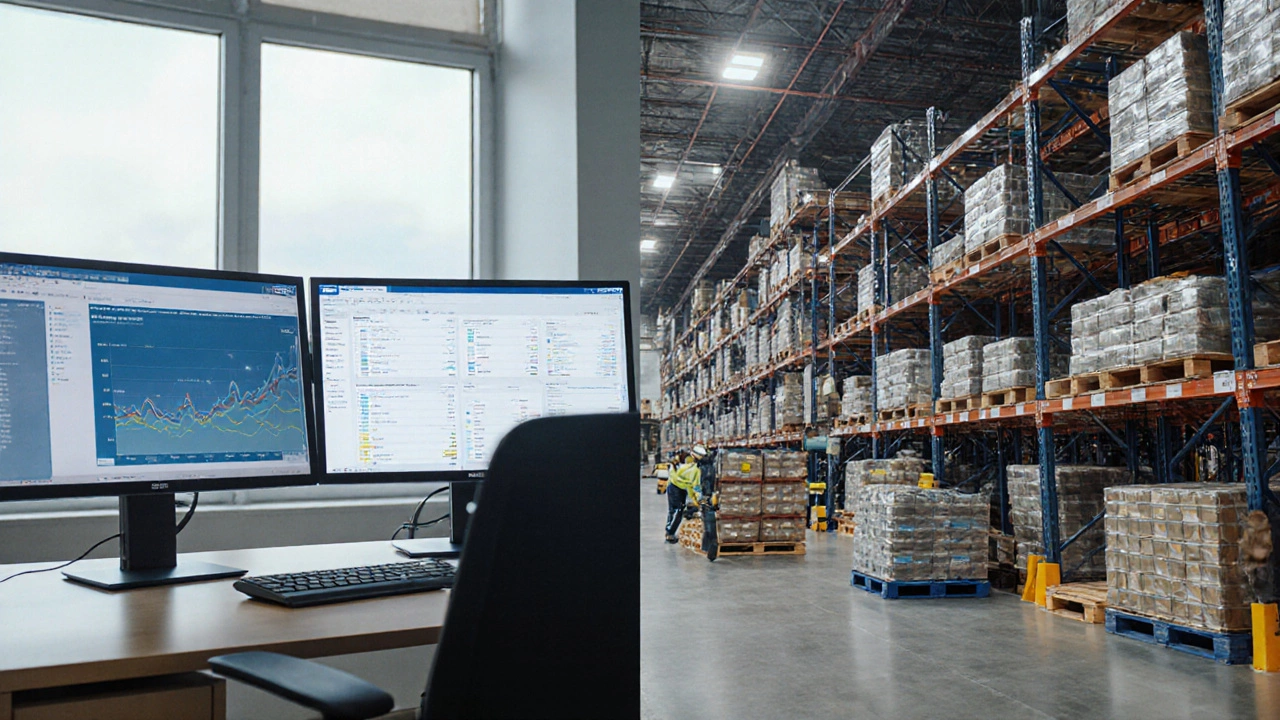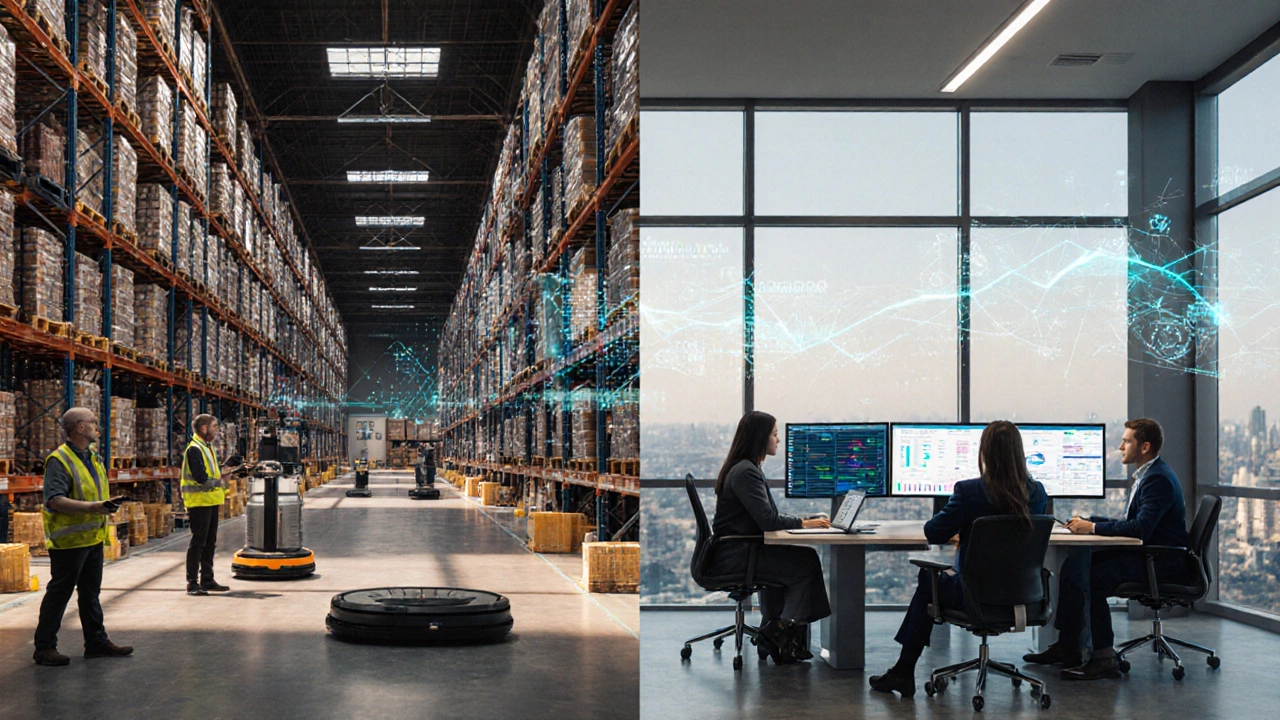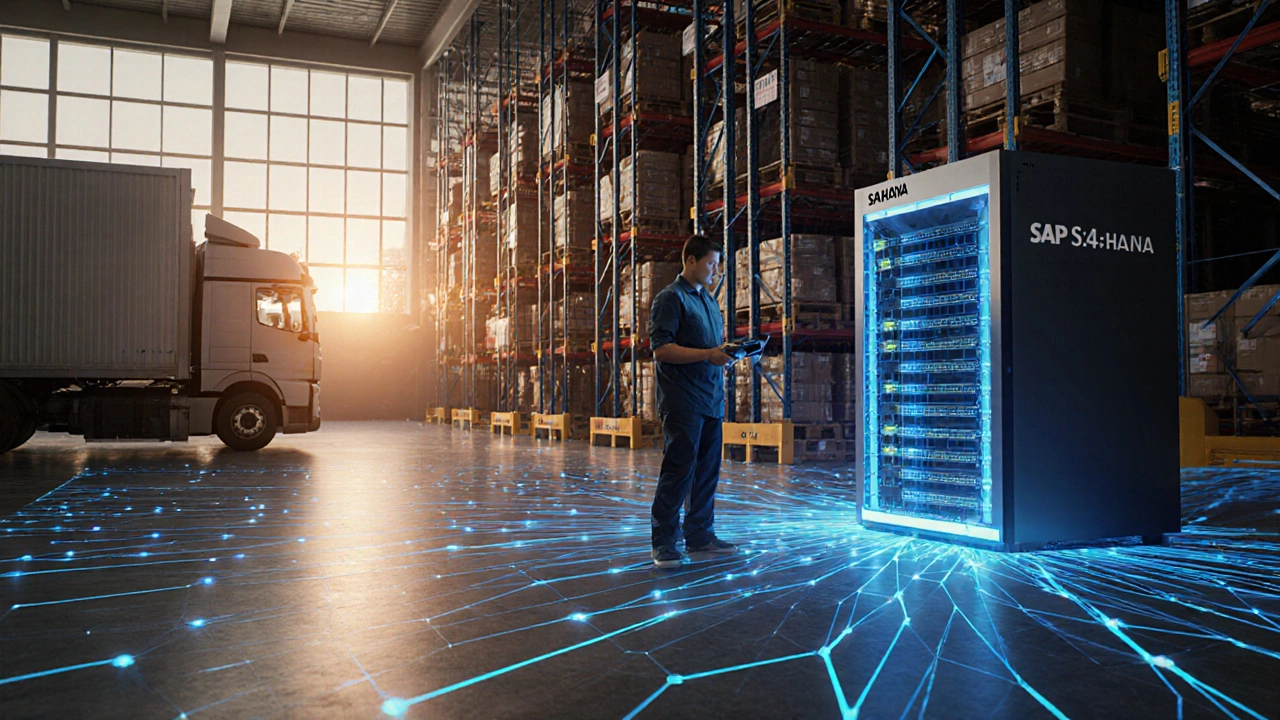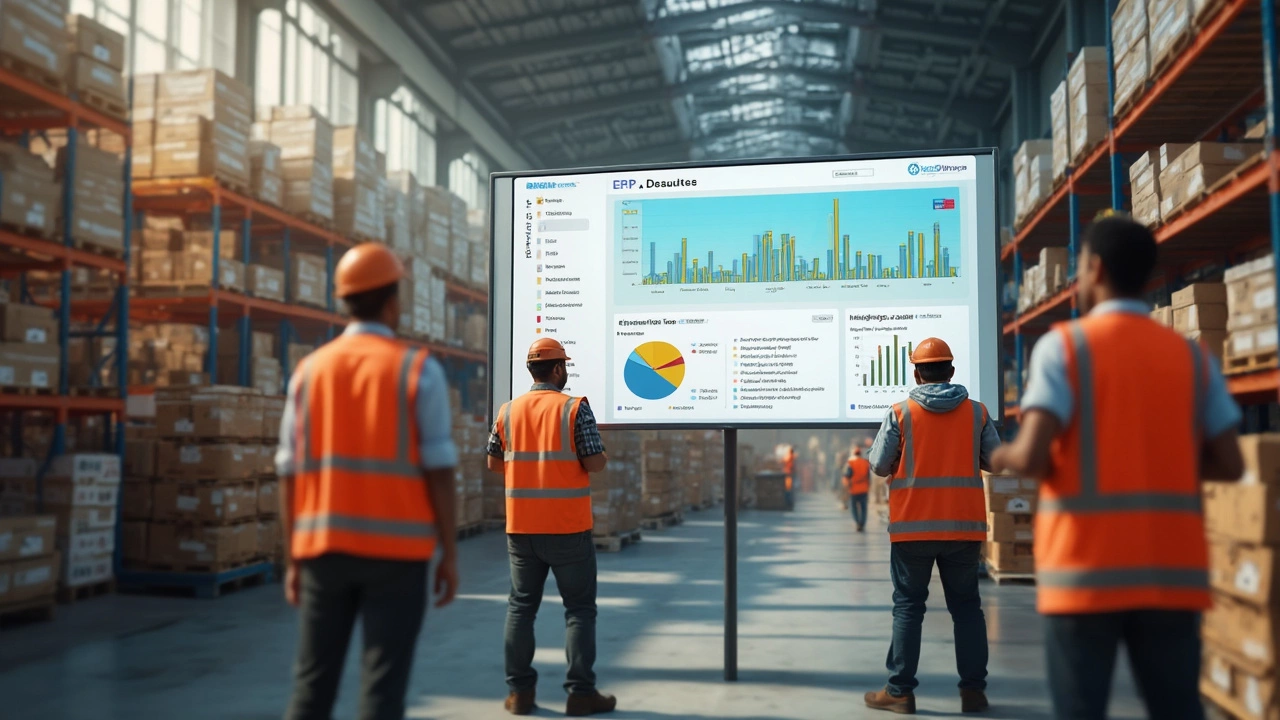ERP Made Simple for Logistics Professionals
If you run a warehouse, a delivery fleet, or an online store, you’ve probably felt the pain of juggling spreadsheets, emails, and phone calls. An ERP (Enterprise Resource Planning) system is the tool that pulls all those pieces together. Instead of hopping between separate apps, you get a single dashboard that tracks stock, routes, invoices, and more.
Think of ERP as the brain of your operation. It knows what’s in the warehouse, which orders are pending, how many trucks are on the road, and even which supplier bills are due. When the brain works well, you cut down on mistakes, avoid stockouts, and keep customers happy.
Why Logistics Companies Need ERP
Logistics is all about moving goods fast and accurately. An ERP system helps you:
- See real‑time inventory. No more guessing if a product is on hand. The system updates the count the moment a pallet is scanned.
- Plan routes smarter. Combine delivery orders, vehicle capacity, and traffic data to create efficient routes automatically.
- Automate billing. When a shipment leaves, the invoice is generated and sent without manual entry.
- Track performance. KPI dashboards show on‑time deliveries, cost per mile, and order accuracy at a glance.
These benefits translate directly into lower costs and higher customer trust – the two things every logistics business craves.
Getting Started with an ERP for Your Supply Chain
Start small. Pick a module that solves your biggest pain point, whether it’s inventory control or transportation management. Most ERP vendors let you add modules later, so you can grow the system as your business expands.
Here’s a quick checklist:
- Map your current processes. Know where you spend the most time.
- Set clear goals – like reducing stock‑out incidents by 20% or cutting route planning time in half.
- Choose an ERP that integrates with your existing WMS, TMS, or accounting software.
- Run a pilot with one warehouse or region. Gather feedback and tweak settings.
- Train your team. Even the best software fails if users don’t know how to use it.
When you’re ready, browse posts like "What Does WMS Mean?" or "Essential Logistics Software" on our site – they show how ERP fits with warehouse and transport tools. By linking ERP with those systems, you create a seamless flow from order capture to final delivery.
In a nutshell, ERP turns scattered data into a single source of truth. That truth lets you make smarter decisions, keep costs low, and deliver on promises. If you’re still on spreadsheets, now’s the time to explore an ERP that speaks the language of logistics.
SAP ERP vs WMS: What It Really Is
Explore whether SAP functions as an ERP, a WMS, or both, and learn how to choose the right SAP solution for warehouse operations.
Read MoreWMS vs ERP: Key Differences Explained
Learn the key differences between Warehouse Management Systems (WMS) and Enterprise Resource Planning (ERP) systems, when to use each, and how to integrate them for seamless logistics.
Read MoreUnderstanding SAP in Warehouse Management: A Practical Guide
Learn what SAP does in a warehouse, its core modules, benefits, implementation steps, and how it compares to traditional WMS solutions.
Read MoreERP in a Warehouse: Why It Matters for Your Operations
Curious about ERP in a warehouse? This article breaks down what ERP means and why it's a game changer for warehouse operations. Discover how ERP systems help keep inventory in check, streamline processes, and prevent costly mistakes. You'll get firsthand tips for choosing and using the right ERP system for your warehouse. Learn how even small warehouses can benefit and save serious time and money.
Read More


